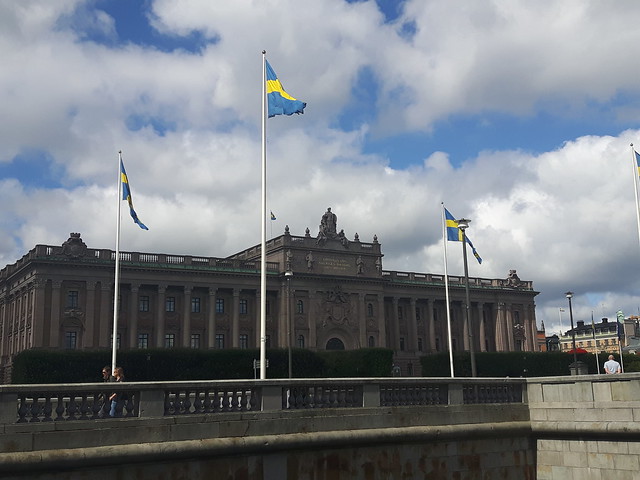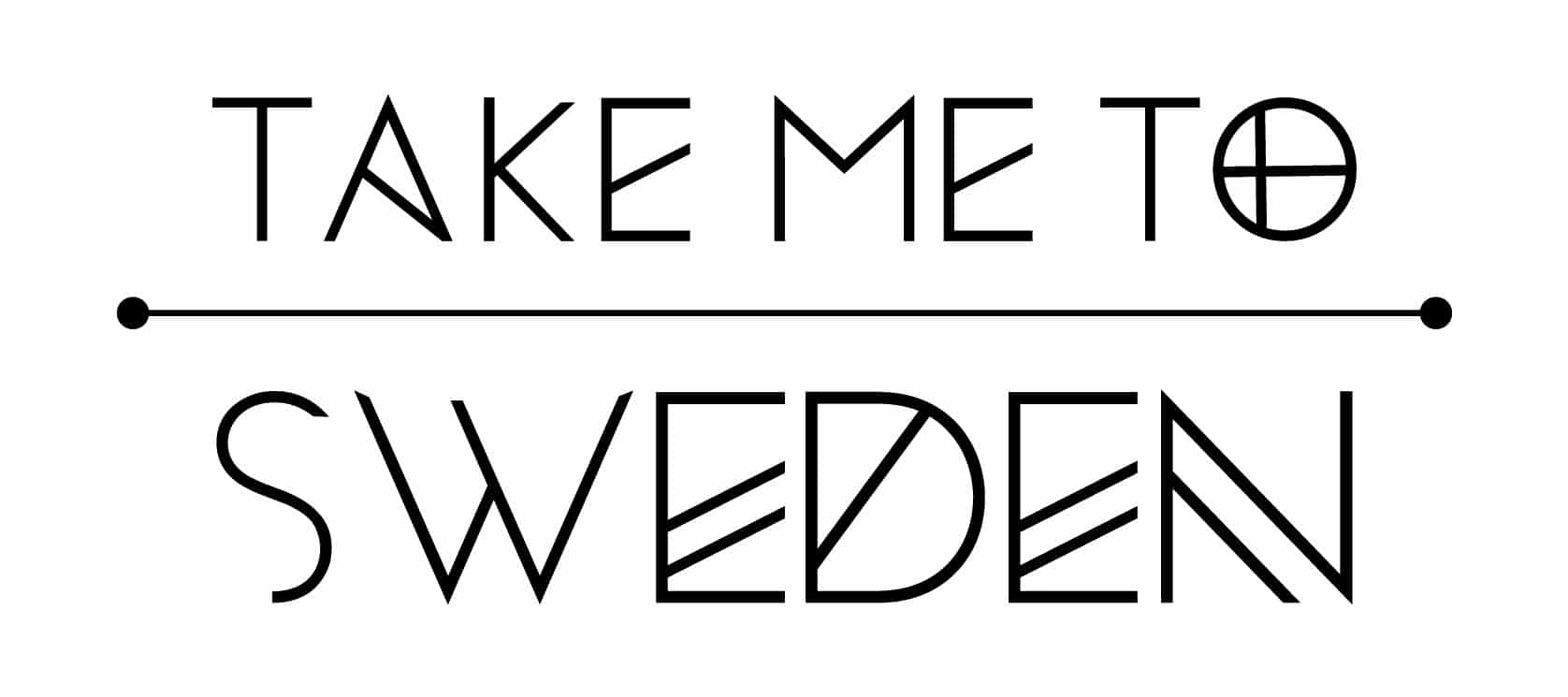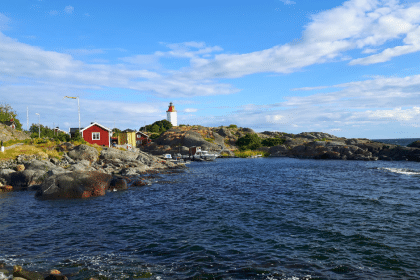This website is mostly about travel information and inspiration on Sweden. For those who want to get to know the country and its culture a bit better, I sometimes write about ‘typical Swedish stuff’. On this election day (today, September 9, 2018, the Swedes have to vote for a new parliament) I thought it was interesting to zoom in on Swedish politics, the elections and the political parties in Sweden.

Elections in Sweden
Sweden is, just like Belgium and the Netherlands, a parliamentary constitutional monarchy. The king has a rather symbolic function and the government and parliament govern the country. The government and riksdagen (parliament) carry the legislative power. Riksdagen consists of only 1 chamber with 349 elected representatives. In 29 electoral districts they choose 310 members of parliament on the basis of proportional representation. The remaining 39 seats are distributed among the elected parties. Twenty-four ministers are in the government.
Elections are held every 4 years. A Speaker is appointed. In Sweden a government can also come to power without a majority, as long as the majority of the parliament does not vote against it. After compiling the government, the parliament also votes on the budget. If they reject the budget, this can lead to early elections.
The Swedes have voting rights from the age of 18 (but no voting duty). Over the past few weeks I have seen a lot of calls on Swedish social media to vote. This year the elections for the municipal councils and the provincial councils coincide with those for the Swedish parliament. The parliament is housed in riksdagshuset, at Helgeandsholmen – part of Gamla Stan and close to the royal palace in Stockholm. In addition to the elections, there are also referendums. For example, in 1955 the Swedish population was allowed to vote on which side of the road they would be driving. More recently, there were also referendums on whether or not to join the euro.
Swedish government and parliament 2014-2018
For the past 4 years, Sweden had a minority center left government, led by the Social Democrats, along with the green party. Stefan Löfven was the prime minister. In his Council of Ministers he had to deal with various scandals and ministers that were replaced.
Local politics
The city council is elected every 3 years. Every year a chairman is elected to the city council that takes on the role of what we know as mayor. The provincial constituencies correspond to the ‘län’ (= Swedish province). Here too, they are directly elected.
Sami Parliament
In both Sweden, Finland, Norway and Russia there is also a Sami parliament. This will be discussed later in a separate article.
Swedish political parties
As in most Western European parliaments, the Swedish political landscape has two sides: left and right. On the left, progressive side, we have the Socialdemokraterna (S), Vänsterpartiet (V) (vänster = left), and the greens or Miljöpartiet de Gröna (MP). The right-wing, conservative side consists of Liberalerna (L), Centerparty (C), Moderaterna (M) (= moderates) and the smaller Kristdemokraterna (KD). Since 2010, the popularity of the far-right Sverigedemokraterna (SD) has increased. There is currently a cordon sanitary. No other party wants to get into a government with SD. The question is whether this will continue after the 9/9/2018 elections.
Do you speak Swedish and want to know more about the elections in Sweden? Here you will find a list of Swedish media.





